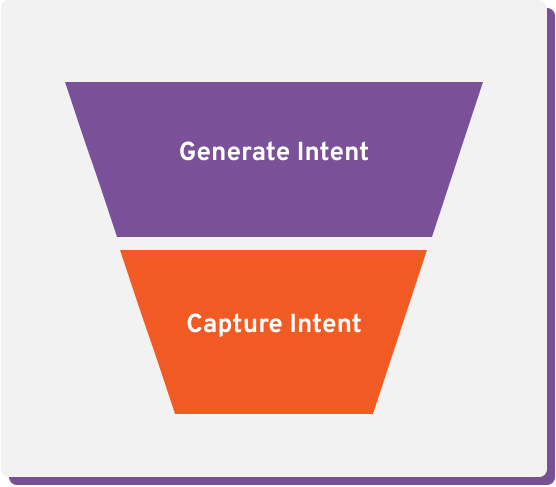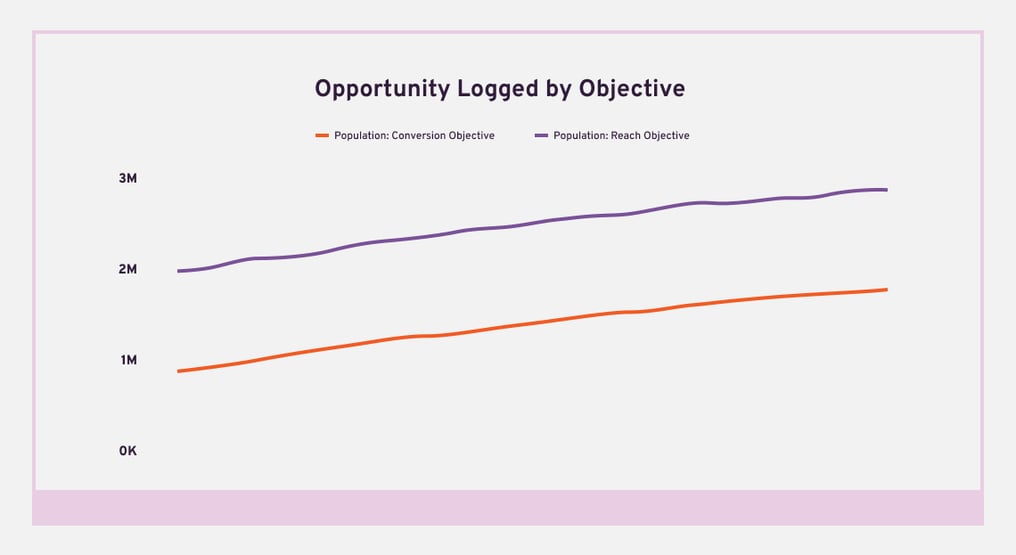Why DTC brands should be using Google for top of funnel campaigns
TL;DR DTC brands miss out on sustainable growth by investing exclusively in bottom-of-funnel initiatives. Google Ads offers easily accessible tactics to grow...

TL;DR brand awareness campaigns offer some great long-term benefits over always focusing on bottom of funnel tactics but can often be tough to measure. Here are 5 ways to measure the impact of your next brand campaign:
First, let’s start at the beginning. Marketing campaigns can be broken into two broad buckets. The objective of these two campaign buckets are different based upon what they are trying to do. Top of funnel (brand) campaigns are intended to generate long-term intent in the market and general awareness around a brand. In contrast, bottom of (performance) funnel campaigns are designed for more immediate conversions and to capture existing market intent. In other words, to drive buyers to buy now.
Now that we know just how different these two parts of the funnel are, hopefully you’re starting to understand why we can’t treat them the same or measure the success of them in the same way.

Brand campaigns are great for doing just what the name suggests, building brand awareness and user intent. However, these upper-funnel brand or awareness activities can be a bit more challenging to run than your regular conversion-focused campaigns (standard conversion or performance campaigns). Why? It's not as easy to measure their impact and sometimes it's hard to tell which approach is working best.
First things first. You need to figure out what exactly you want to achieve with these campaigns — what's the desired outcome? Once you've got that down, you can decide on the measurement methodology that achieves that outcome.
This blog will walk through 5 possible ways to measure brand campaigns and provide a brief overview of each so you have a better sense of how to measure them.
What: Increase the amount of people in a market who know of your brand.
This can be one of the hardest objectives to measure accurately. Using brand spend to drive awareness via a paid channel is complicated. Introducing people to your brand itself takes time and likely many touchpoints, not just a paid ad impression or two. Using brand lift studies to compare the ‘lift’ of different tactics is probably a good place to start, but keep in mind that no approach here is without a lot of caveats. There are in platform solutions or 3rd party partners available to measure awareness lift.
Let’s look at one example of a lift study, like this one within the YouTube platform. Something like this can help you get a better sense of what’s going on with your audience.
What you can do: try running a multi-cell brand lift test to find the recall lift of multiple brand strategies and compare to your current acquisition tactics.
What: Reach more users in high priority audiences by changing campaign optimization objective and/or creative.
Different optimization tactics within ad channels find different types of users within the same high priority audience. In other words, different ads will resonate better for different people even in the same group. Adjusting optimization goals (eg. landing page view or reach) increases the size of your ‘opportunity logged audience’, significantly extending overall eligible reach and broadening your outcomes.
In other words, use different and varying goals for your campaigns when you're trying to make people aware of your brand and it will help you reach a wider audience.

What you can do: Test different campaign objectives (i.e. reach) within a high performing audience and observe the increase in reach across this audience.
Bonus: Add a brand lift study to this test and compare the difference between optimization objectives.
What: Understand how brand campaigns are delivering conversions in their respective ad platforms like Meta or TikTok.
There are a couple of good short-term lift options we recommend playing around with. For instance, does running brand campaigns in a region provide more conversions over a 28-day period than dedicating the same budget to acquisition and remarketing (or ACQ/RM as we often call it) only? Or another good experiment, try a A/B conversion lift test to help compare the lift of a full-funnel approach to the lift driven by focusing only on ACQ/RM tactics.

What you can do: Set up a 2 cell test (or A/B test as it’s often otherwise known) and layer on brand optimized campaigns in the test cell. Compare performance to regular campaign set up.
What: Understand how brand campaigns are delivering conversion volume over the long term throughout all platforms (owned and paid).
We know 28-day attributed conversions are not the full picture. Is a month really enough time to show you the full consumer journey? Brand campaigns likely drive more value over the long term like when they go to make a purchase months later and your brand is top of mind. So the question becomes, are we able to measure the impact brand campaigns have on overall traffic and/or conversion volume over a longer time period?

This approach isn’t an exact science and realistically only works above a certain threshold of spend (maybe >$50k/mo in a small market and up to $250k/mo in a large, well-established market) but it’s useful to monitor. It would take some exploration to know if it’s even possible with the data you have available, but if it is, you may begin to get a better picture of these brand tactics over a longer timeframe.
What you can do: Set up a geo-lift experiment to be measured over a period of more than 30 days. Observe the difference in actual revenue and expected revenue in your test market.
What: Measure increases in the size and quality of retargeting campaigns as a result of running brand campaigns.
Audiences being targeted in brand campaigns are typically further away from making a buying decision so these campaigns will often drive less short-term conversions. We need to generate that intent first before they convert. As these users interact with your ads, website, or app, it’s important to capture them into a retargeting pool or gather some first party data from them. These audience pools can be pulled through to convert in the capture intent part of the audience journey.
Measuring the increase in the size and quality of these audiences is another way to measure the effectiveness of brand campaigns. Measuring a metric like revenue generated alongside monitoring the overall reach of retargeting campaigns will provide some insight into how well the top of funnel campaigns are translating into converting users later down the funnel.
What you can do: If you are running an experiment within specific geographies for your brand campaigns, you can also break apart the retargeting campaigns in the same way to measure the impact of brand on retargeting.
Creating better top of the funnel awareness for your brand can make other efforts like conversion and organic growth more effective and cheaper in the long run, but they can be tricky to measure short-term. We’ve found the five objectives listed here to be the best measurements for this type of campaign allowing us to ensure we can get an accurate picture of the outcomes.
Feel like your ads just aren’t performing the way you want?
We know someone that can help (us, it’s us). Reach out to us here to chat with one of our experts about how Thrive can take your advertising to the next level.
TL;DR DTC brands miss out on sustainable growth by investing exclusively in bottom-of-funnel initiatives. Google Ads offers easily accessible tactics to grow...
When we talk about the marketing funnel and different strategies we employ for the top, middle, and bottom of funnel, what do we actually mean? Are we speaking the same...
 Phil Ware
Phil Ware